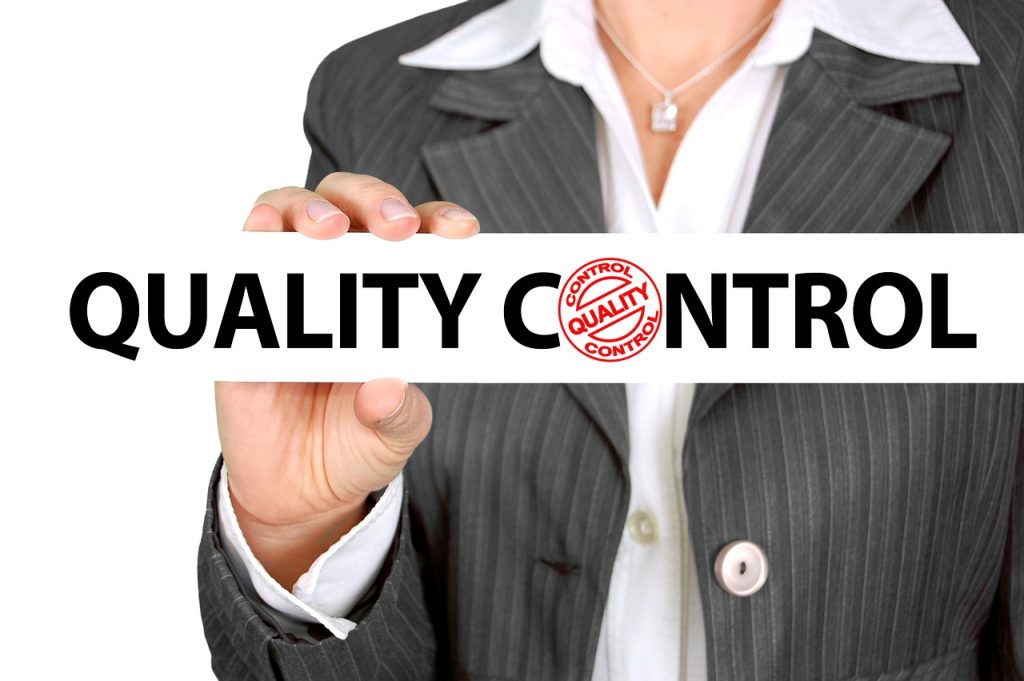Negative reviews can be a tough pill to swallow. However, a bad restaurant review doesn’t have to mean the end of the world. It can be a valuable opportunity for growth and improvement. In this blog post, we’ll explore how to handle negative reviews with grace and professionalism, using them as a chance to improve your restaurant’s operations and customer service.
Respond Professionally and Promptly
When you receive bad restaurant reviews, it’s natural to feel defensive or upset. However, it’s important to take a deep breath and respond professionally and promptly. This shows that you take customer feedback seriously and are committed to providing a positive dining experience.
Start by thanking the customer for their feedback, even if it’s negative. This shows that you value their input and are willing to listen to their concerns. Apologize for any inconvenience they may have experienced, and offer to make it right. This can go a long way in showing that you care about their experience and are willing to take action to improve.
Investigate and Understand the Issue
Once you’ve responded to the review, it’s time to investigate and understand the issue. Review the situation internally to understand what went wrong, and communicate with staff members involved to get their perspective on the situation. This can help you identify any specific issues or areas for improvement.
For example, if the review mentions slow service, talk to your servers and bartenders to understand if there was a specific reason for the delay. Was there a miscommunication in the kitchen? Were there too many tables to handle at once? Understanding the root cause of the issue can help you take targeted action to address it.
Take Corrective Action
Once you’ve identified the issue, it’s time to take corrective action. Use the feedback as an opportunity to improve your restaurant’s operations and customer service. Implement changes to address the specific issue raised in the review, and communicate these changes to your staff.
For example, if the review mentions slow service, consider adjusting your staffing levels during busy times or implementing new communication protocols in the kitchen. These changes can help ensure that your customers receive prompt and efficient service, even during peak hours.
Encourage Positive Reviews
While it’s important to address negative reviews, it’s equally important to encourage positive reviews. Encourage satisfied customers to leave positive reviews to counteract the negative feedback. Showcase the improvements made based on customer feedback to demonstrate your commitment to quality.
Consider implementing a loyalty program or offering incentives for customers who leave positive reviews. This can help build a strong online reputation and counteract the impact of negative reviews.
It’s important to approach negative reviews with a constructive mindset, viewing them as opportunities for growth rather than setbacks. By responding promptly, investigating the issue, taking corrective action, and encouraging positive reviews, you can effectively manage and mitigate the impact of negative feedback on your restaurant’s reputation. Remember, every review, whether positive or negative, presents a chance to learn and improve. Take advantage of this opportunity to showcase your commitment to customer satisfaction and continuous improvement.
Takeaways
- Respond professionally and promptly to negative reviews.
- Use feedback to make improvements and showcase your commitment to quality.
- Encourage positive reviews to build a strong online reputation.



